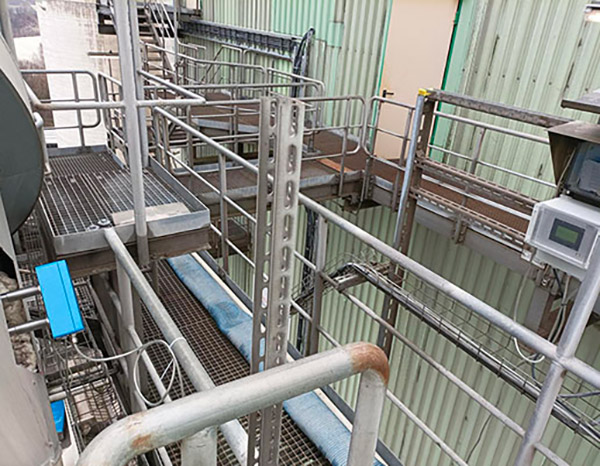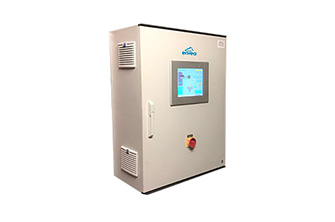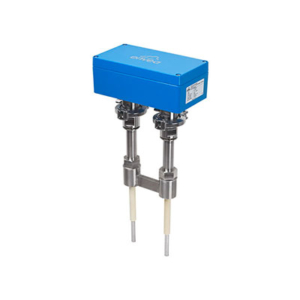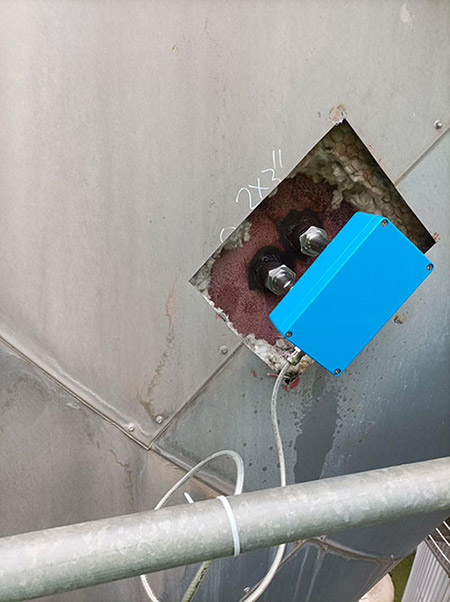
APPLICATION
Due to the difficult process parameters, it is impossible to use differential pressure measurements on the evaporative cooler. Optical measuring devices also quickly reach their limits here due to the high dust load.
Until today, the air velocities are either not controlled at all or are controlled with the help of an optical measuring device. In many places, the fans are also run permanently at high load, which brings with it a huge potential savings.
Process data
- Dust load: 5-10 g/m³
- Diameter: 3600 mm
- Process temperature: 250 °C – 500 °C
SOLUTION
Thanks to the AirFlow P, in this application, the existing optical measurement was replaced, and a permanent and maintenance-free control of the process was implemented.
CUSTOMER BENEFITS
- Loadable volume flow measurement despite high dust content in the line
- Energy savings by controlling the process
- Cost savings due to the elimination of maintenance work on the measurement technology



